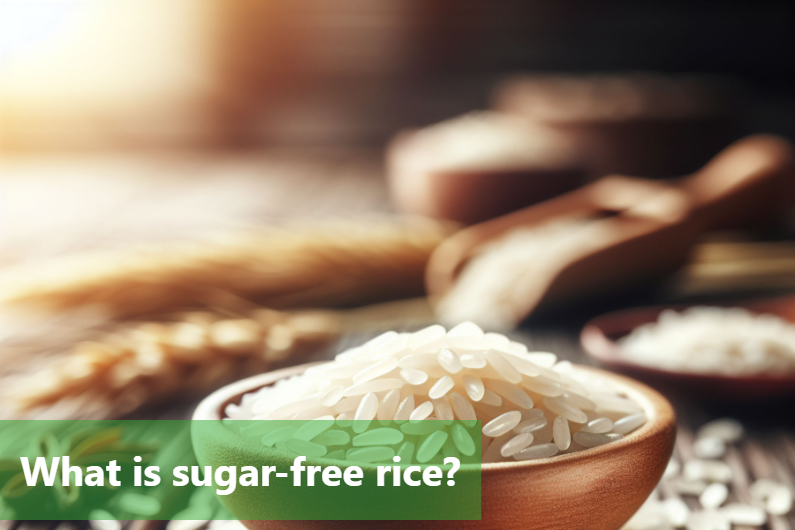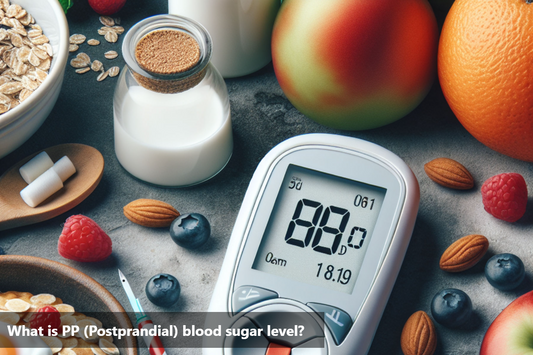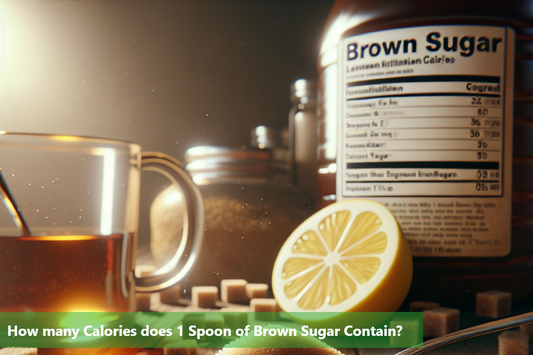For those monitoring sugar intake due to diabetic concerns or general health goals, discovering low-glycemic rice options comes as welcomed news. Typically perceived as a high carbohydrate food that significantly impacts blood glucose levels, rice has developed an unfavorable reputation among sugar-conscious consumers. However, the emergence of specialty low-GI rice varieties provides a valuable alternative.
By carefully controlling carbohydrate gelatinization in processing, certain rice brands have achieved low sugar release during digestion. Opting for these low glycemic rice products enables enjoying the beloved grain with minimal influence on blood sugar. Unlike traditional white rice that causes rapid glucose spikes when over-consumed, these low GI rice varieties offer stable energy without the surge.
For rice devotees managing diabetes or prediabetes, this development offers freedom. One need not eliminate cherished rice-based cultural dishes. Low glycemic brown, black, and red rice products retain the fluffy textures and soak up sauces without spiking sugars dangerously afterward. For health-conscious individuals, discovering sugar-free rice means rediscovering rice again as part of a balanced diet. Mindful substitutions lend themselves to equilibrium.
Types of Sugar-Free Rice
Brown rice: high fiber, essential nutrients, lower glycemic index
Wild rice: nutty flavor, protein, fiber, antioxidants, lower impact on blood sugar
Basmati rice: aroma, long grains, lower glycemic index, essential nutrients. Each type offers different nutritional advantages for managing sugar levels.
Best Practices for Cooking Sugar-Free Rice
Cooking sugar-free rice is essential to ensure that it retains its health benefits and is suitable for sugar patients. Here are some tips and guidelines to guide you through the process:
Choose the Right Type of Rice: Opt for varieties like brown rice, wild rice, or basmati rice, as they are low in glycemic index and high in nutrients, making them ideal for sugar patients. These options ensure sustained energy release and help in managing blood sugar levels.
Rinse the Rice: Before cooking, rinse the rice thoroughly to remove excess starch. This not only helps in achieving the desired texture but also aids in reducing the carbohydrate content, which can be beneficial for individuals monitoring their sugar levels.
Cooking Methods: Consider using methods like steaming, boiling, or using a rice cooker, as they require minimal or no added fats, promoting a healthier preparation. Avoid methods like deep frying or using excessive oil, as they can counteract the health benefits of sugar-free rice.
Portion Control: Pay attention to portion sizes when cooking sugar-free rice, as controlling the quantity is crucial for managing carbohydrate intake. Ensure moderation and avoid overindulgence, as excessive rice consumption can impact blood sugar levels.
Serving Suggestions: When serving sugar-free rice, consider pairing it with lean protein sources, vegetables, and healthy fats to create a balanced meal. This can help slow down the digestion of carbohydrates, preventing rapid spikes in blood sugar.
By following these tips and guidelines, you can effectively cook sugar-free rice while preserving its health benefits and making it suitable for individuals with sugar concerns.
Nutritional Comparison of Sugar-Free Rice with Regular Rice
Navigating rice options with diabetes often leaves one longing for the familiar comfort of simple white grains while facing the harsh truth of their blood sugar cost. The prospect of eliminating cherished rice-based cultural staples is deeply unsatisfying. Yet the lower glycemic, nutrient-rich alternatives now available need not mean total deprivation.
Brown, wild, and basmati rice varieties offer the fiber, vitamins, and mineral balance lacking in processed white rice. Crucially, their slower sugar release prevents the steep blood sugar spikes that follow white rice consumption. For those managing diabetes, discovering these "sugar-free" rice alternatives elicits newfound freedom.
With guidance from health professionals, people with diabetes can reintroduce their favorite rice dishes into their diet by using approved low glycemic varieties. Paying attention to appropriate portion sizes and eating rice as part of a balanced plate further helps maintain stable blood sugar. The comparison makes clear that sugar-free rice, when mindfully incorporated, gives back a beloved food source once seen as completely off-limits.
In the end, simple substitutions and measured eating can make cherished cultural rice recipes achievable once more, their comforts rediscovered. Careful exploration of sugar-free rice options promises equilibrium - not deprivation - for the diabetes afflicted. Through knowledge comes celebration.
Rice and Its Glycemic Index
Rice stands as a cultural culinary staple across continents. Yet viewing rice as a broad category proves too simplistic given the clinically significant variances in glycemic impact across different rice varieties. Through a more nuanced nutrition lens, distinct differences emerge between high glycemic white rice versus healthier basmati and brown rice alternatives better suited for those managing diabetes.
Traditional white rice, with its high GI rating owed to starch composition and processing methods, can drive pronounced blood sugar spikes that overwhelm those with diabetes. However, pathway options exist to enjoy rice without sacrificing health. Further examination reveals that fiber-rich whole-grain brown rice, protein-packed wild rice, and multi-dimensional basmati rice elicits gentler glycemic reactions. Their sustained energy stands in stark contrast to white rice's rapid sugar crash.
Additionally, preparation technique and portion control can further influence specific rice variety GI ratings. Well-informed eaters can leverage factors like cooking, storage, and smaller serving sizes to mitigate negative responses. Equipped with a more complete understanding of rice's nuance, those with diabetes can continue enjoying this versatile grain through the selective incorporation of lower GI alternatives. A refined approach allows for balance, not exclusion.
These days several brands offer a rice variety known as Low GI rice, or Diabetic rice. Diabesmart, for example, is a brand dedicated to offering food items tailored for diabetics which includes low sugar ingredients which give it a lower glycemic index. Diabesmart's Low GI rice for diabetes management ensures that your sugar levels do not spike drastically post consumption and is packed with proteins, fiber and vitamins to provide you with a well-balanced nutrition.
To conclude:
Rice without sugar is a good choice for people with diabetes. It gives the healthy parts of rice without making blood sugar levels go up quickly. It has important nutrients and helps keep blood sugar levels steady, which is important for a healthy diabetic diet. Compared to regular rice, it doesn't make blood sugar levels go up as much, which can help keep blood sugar levels balanced and make you healthier overall. Choosing rice without sugar has many benefits, and if you cook and eat the right amount, it can be a yummy and flexible part of a healthy diabetic diet.
Diabetes specialist Low GI Rice that cooks & tastes like regular white rice.
✅Helps Manage Blood Sugar Levels
✅Clinically Tested : GI < 55
✅Recommended by Doctors
✅Cooks & Tastes like Regular White Rice
✅Good For Whole Family
This Blog post is an initiative by DiabeSmart, to provide accurate and Nutritionist / Doctor approved information related to Diabetes. DiabeSmart is India's first Food brand designed specifically for Diabetics, that has been clinically tested on Diabetics and Pre-Diabetics to deliver 55% - 70% lower Sugar spikes. DiabeSmart is part of Lo! Foods - India's leading brand for Everyday Functional Health foods.















